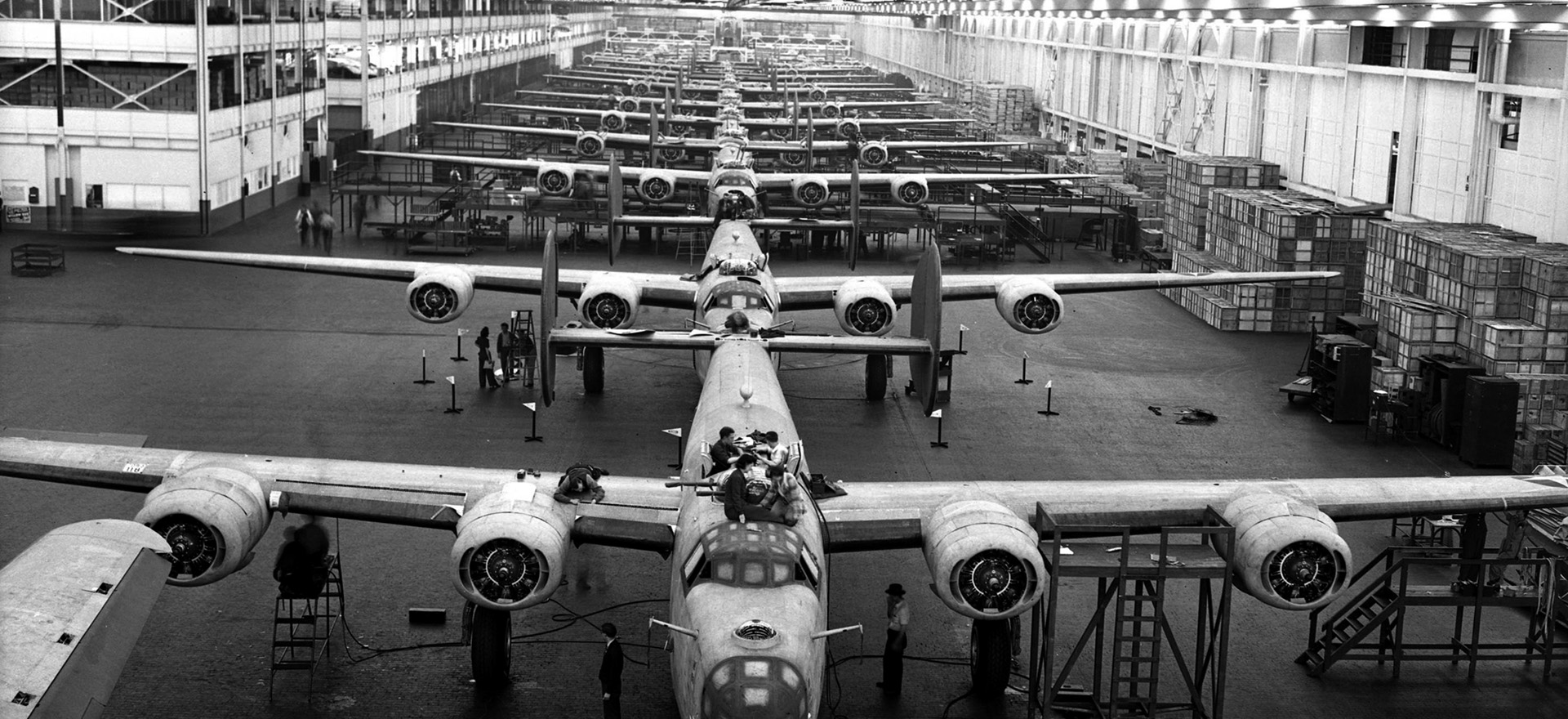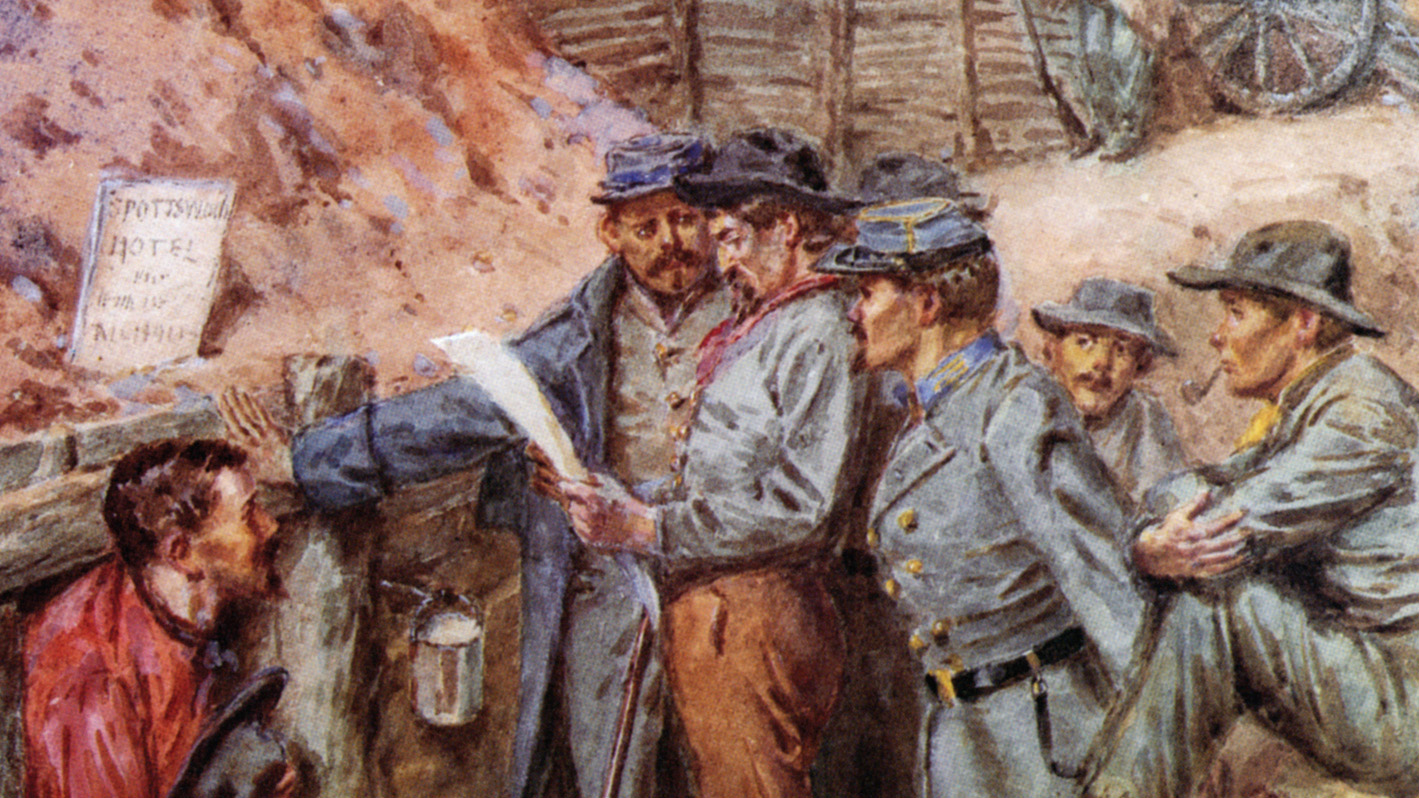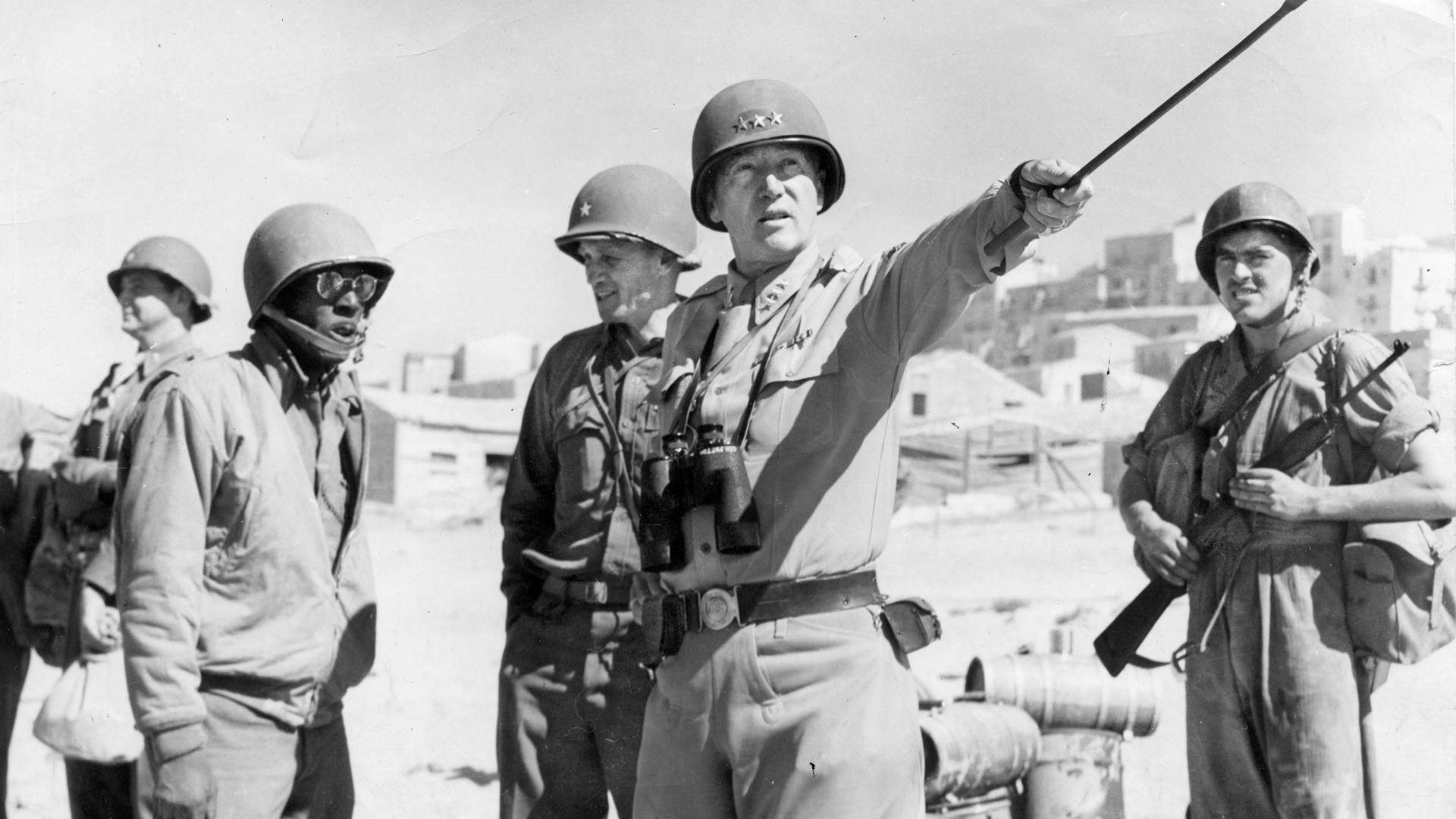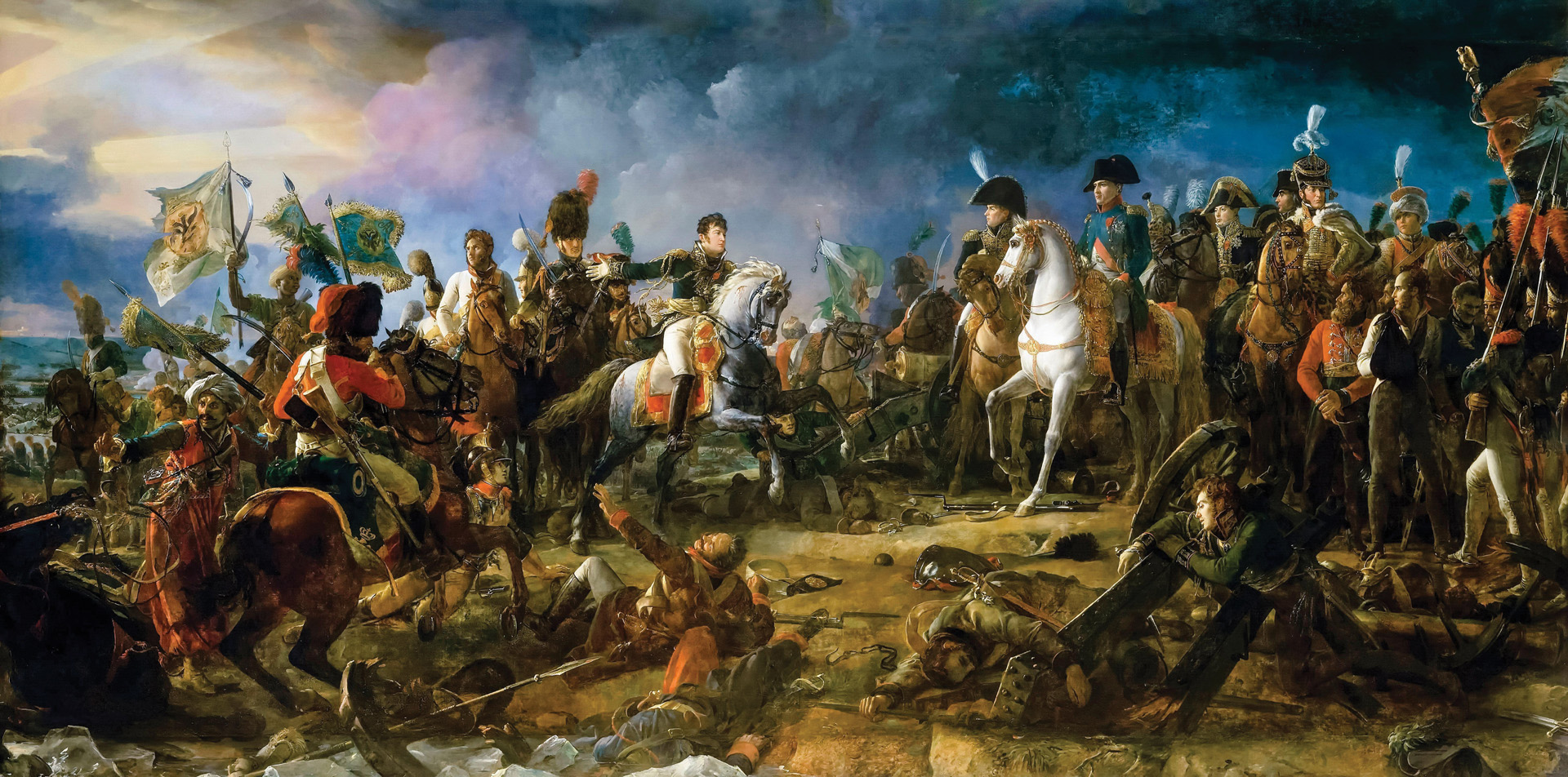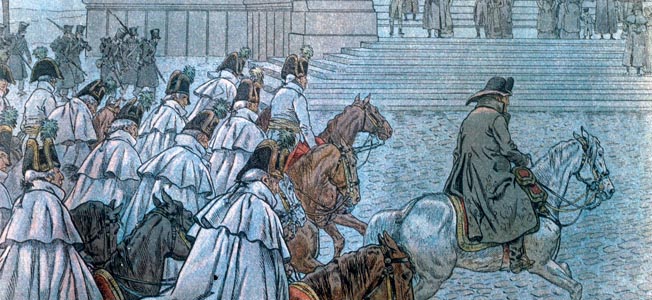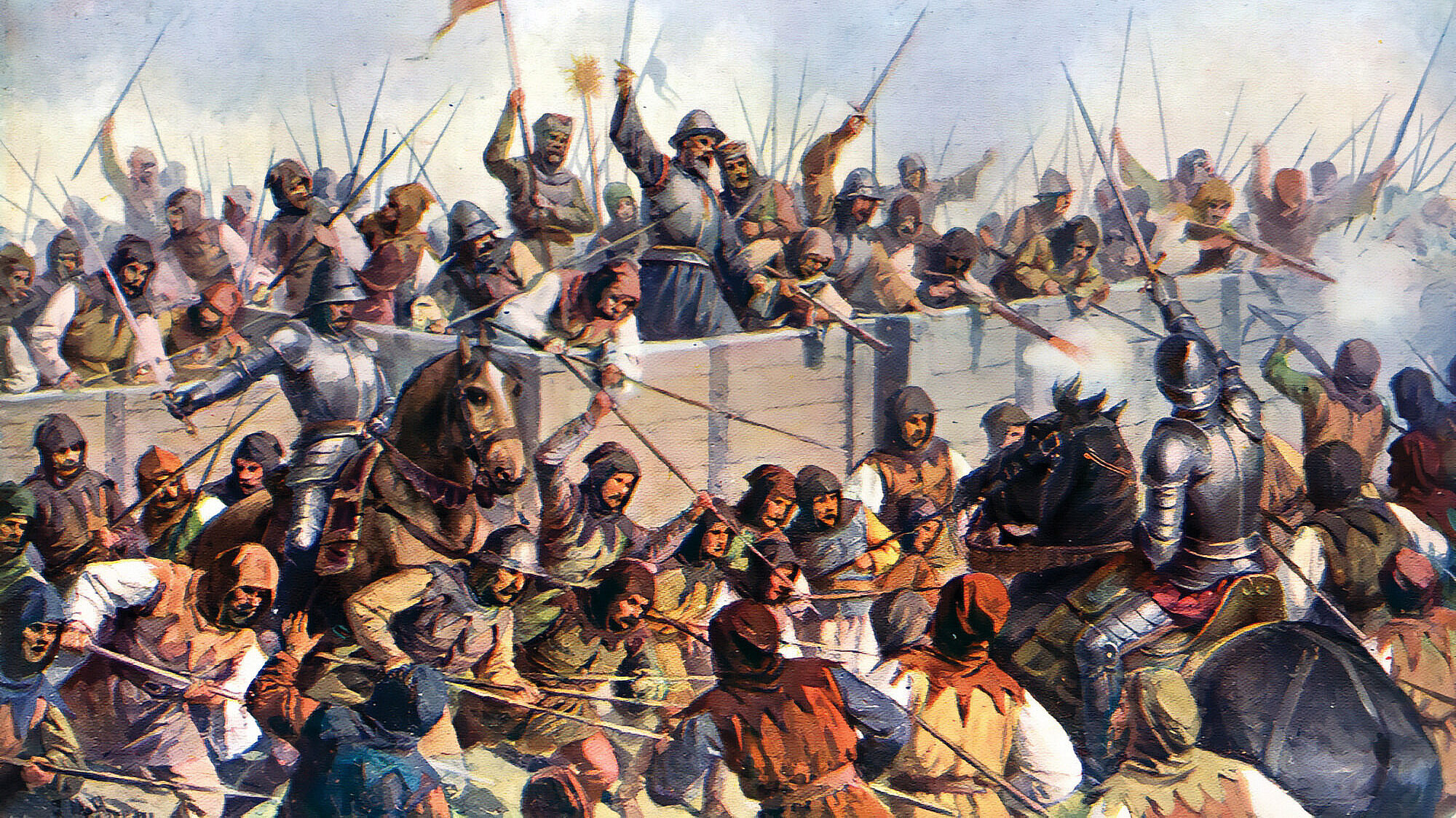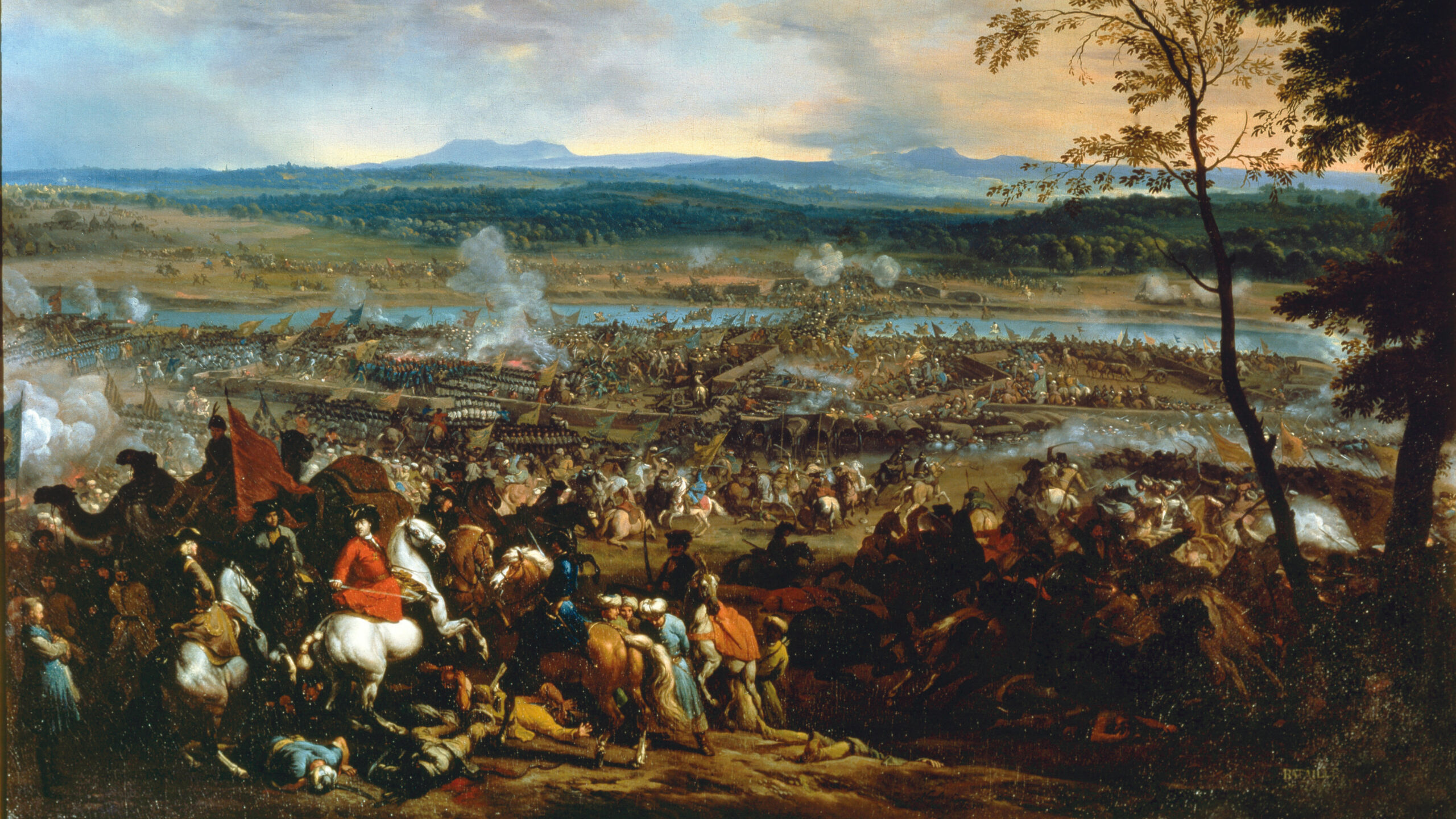By Mason B. Webb
For the major combatants, World War II marked an unprecedented effort to manufacture a wide variety of military hardware: ships, vehicles, aircraft, guns, and much more—all within a short amount of time. With Germany, Great Britain, Japan, Italy, and the other involved nations fighting a “total war” unprecedented in history, most of them converted their industries from making consumer goods to war materiel.
In the United States, a special agency within government was formed one month after Pearl Harbor: WPB—the War Production Board—headed by Donald Marr Nelson, former executive vice president of Sears, Roebuck and Company, who had been chairman of the Office of Production Management (formed in 1941) before that agency morphed into the WPB.
The WPB’s powers were sweeping—and galling. As the editors of Time-Life reported, Nelson received the authority to “commandeer materials and assign priorities in their use, compel the conversion and expansion of plants, and bar the manufacture of products he judged to be nonessential.”
Manufacturers both large and small found themselves suddenly told what they could and couldn’t manufacture. Some sputtered in rage at the government’s (and Nelson’s) heavy-handed dictates, but most realized that there was a war—and lucrative government contracts—to be won, and so converted their industrial output from consumer to military products.
In many cases, manufacturers found themselves building things for which they had no prior experience. For example, the Heinz Pickle Company and Steinway Piano Company received contracts to build components for military gliders. And a corset company, used to working with silk, was enlisted to make parachutes.
Government contracts often meant the difference between life and death for many companies that were still trying to crawl out from the depths of the Great Depression. And the conversion meant millions of un- or under-employed workers suddenly found themselves in great demand—if the draft boards didn’t get them first.
Many civilians, though, were often less than pleased. Besides the sudden unavailability of new cars, they discovered that certain commodities had disappeared or were severely rationed: meat, dairy products, gasoline, rubber tires, heating oil, metals, paper, and plastics.
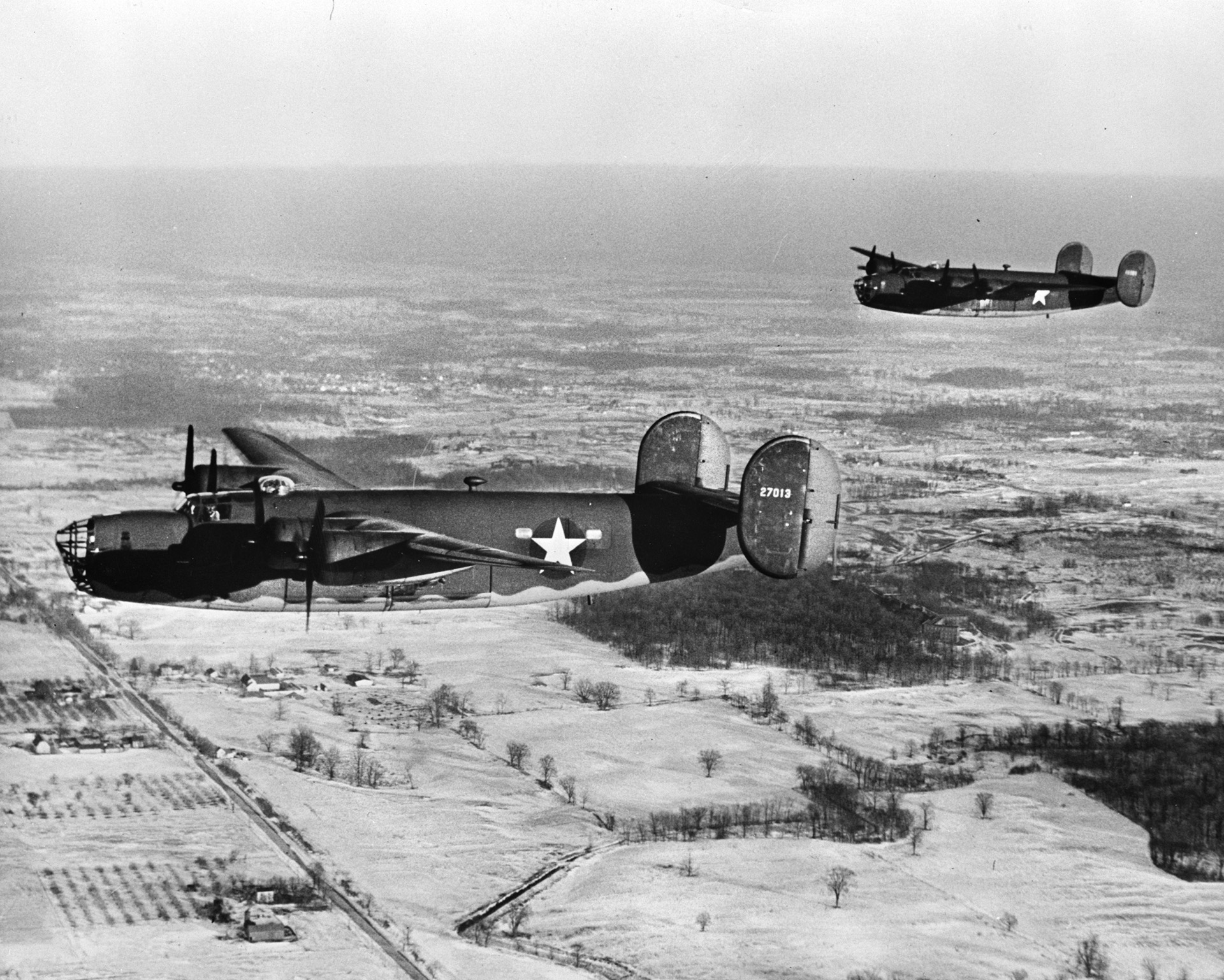
Three American industries that benefitted greatly from the war and WPB were the automotive, shipbuilding, and aircraft industries. Tanks, trucks, jeeps, and many other wheeled and tracked vehicles were turned out in the hundreds of thousands, while shipyards along the coasts and major inland rivers were kept busy 24/7 fulfilling orders for all sorts of watercraft.
The aircraft industry, especially, began a period of unprecedented economic boom. In many respects the U.S. was way behind its enemies, which had early on stepped up the production of fighters, bombers, transports, and other type of warplanes.
Nazi Germany had over 90 manufacturers, both large and small, turning out aircraft and their components. Some of the familiar names were Arado, Blohm+Voss, Daimler, Dornier, Fieseler, Focke-Wulf, Fokker, Heinkel, Junkers, and Messerschmitt. Hitler’s ally Italy was also fully invested in building aircraft, with such manufacturers as Breda, Caproni, Fiat, Macchi, Piaggio, and Savoia-Marchetti doing Mussolini’s bidding. Germany also licensed several Italian plants to help turn out German models.
On the other side of the globe, Japan’s main aircraft factories—Aichi, Kawasaki, Mitsubishi, Nakajima, Tachikawa, Watanabe, Yokosuko—were also working hard to produce large quantities of the types the Japanese warlords needed.
America’s allies were also all-in when it came to aircraft production. In the Soviet Union, manufacturers such as Tupolev, Ilyushin, and Petlyakov struggled to keep up with losses on the front with Germany. The U.S.S.R. relied to a great extent on American aircraft supplied through the Lend-Lease program and, in some cases, copied American designs and built their own variants.
Great Britain’s aircraft factories—Avro, Bristol, de Havilland, Fairey, Handley Page, Hawker, Gloster, Short, Supermarine, Vickers, and Westland—were working overtime to supply the Royal Air Force and Royal Navy with the planes they needed. The Brits, too, badly needed American aircraft that arrived courtesy of Lend-Lease.
In the U.S., aircraft production was spread across nearly two dozen manufacturers. Here is a look at their contributions.
Boeing
Boeing, based in Seattle, had been making aircraft for civilian and commercial use since 1916, and built its first military plane—the single-seat, single-engine biplane fighter known as the PW-9 in 1924. As war clouds gathered on the horizon in the 1930s, Boeing began receiving orders from the U.S. government to design and build bombers, its most famous being the four-engine B-17 Flying Fortress.
The B-17s were built by 50,000 employees at Boeing’s plants in Seattle and Renton, Washington, and Wichita, Kansas. A total of 16,000 B-17s were manufactured by Boeing before the war ended.
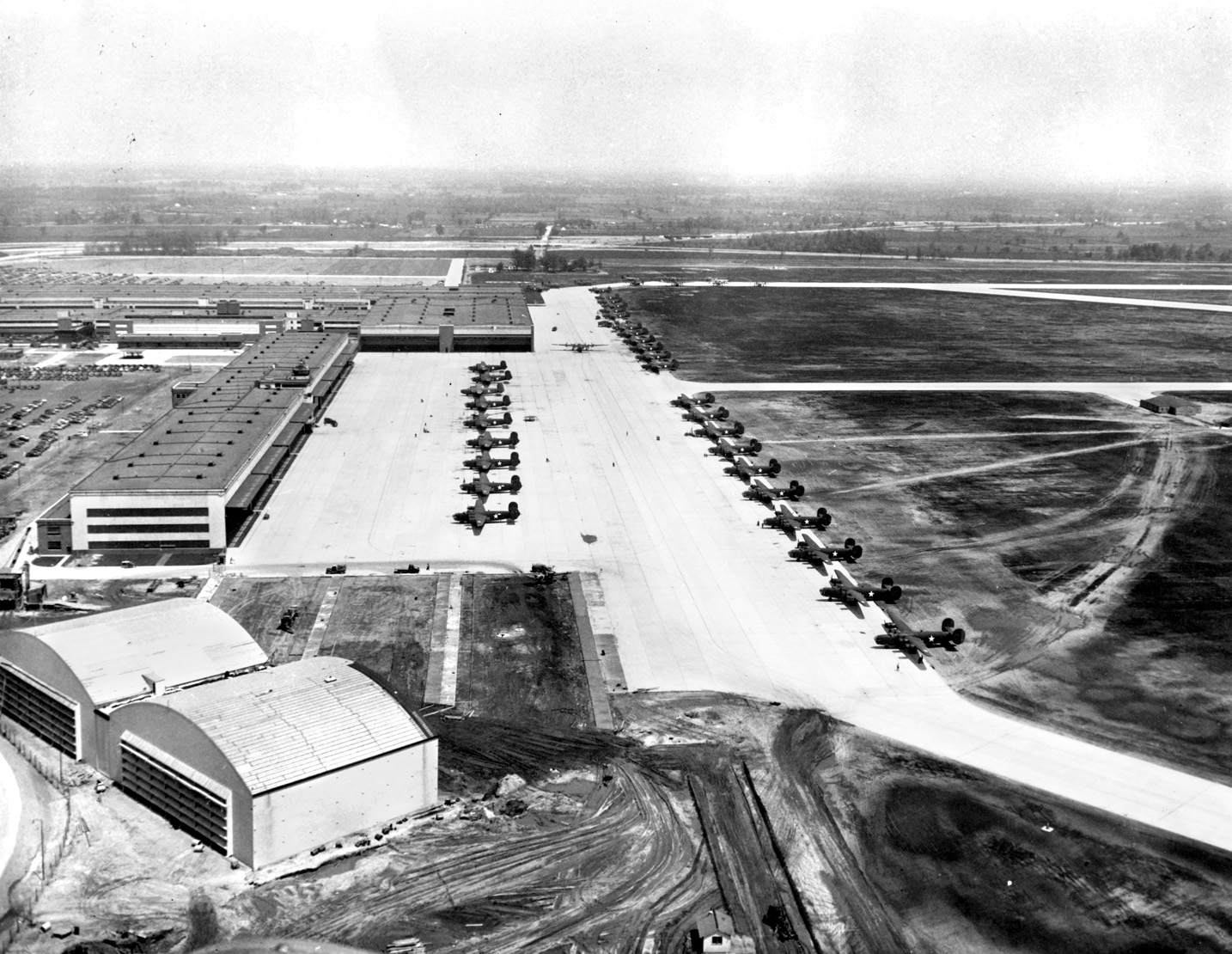
Douglas
The Douglas Aircraft Company produced a wide range of attack planes such as the SBD Dauntless, A-20 Havoc, A-26 Invader, and transports such as the famous C-47 Skytrain and C-54. Douglas also helped build B-17s at its Long Beach plant and B-24 Liberator bombers in Tulsa, Oklahoma.
The company operated at five locations during the war: Long Beach (building the B-17, A-26, and C-47), Santa Monica (A-20 and C-54), and El Segundo, California; Tulsa; and Chicago (where O’Hare International Airport is located today). At its height, Douglas employed over 62,000 workers and produced approximately 25,000 aircraft. (The company was purchased by Boeing in 1997.)
Consolidated-Vultee
Contracts for B-24 Liberator heavy bombers were awarded to Consolidated Aircraft Corporation, which had become famous for its line of commercial airline flying boats such as the Pan Am Clipper. Consolidated’s flying boats, principally the PBY Catalina patrol plane, were used extensively by the U.S. and its allies. The company’s four-engine B-24 Liberator bomber was one of the most successful Allied planes of the war, and some 18,400 of them were built, making it the most-produced bomber of the war.
But the company’s production capacity was inadequate to fulfill all the contracts and it was often forced to outsource B-24 production to companies such as Douglas, North American, and Ford Motor Company.
Vultee also built 11,500 BT-13 Valiant (also called the Vibrator) trainers for the Army Air Force.
Consolidated merged with Vultee in 1943 and operated two plants in San Diego, California, and one in Fort Worth, Texas; a total of 32,000 employees worked for the company. (After the war, Consolidated-Vultee became Convair, which was acquired by General Dynamics and then McDonald Douglas.)
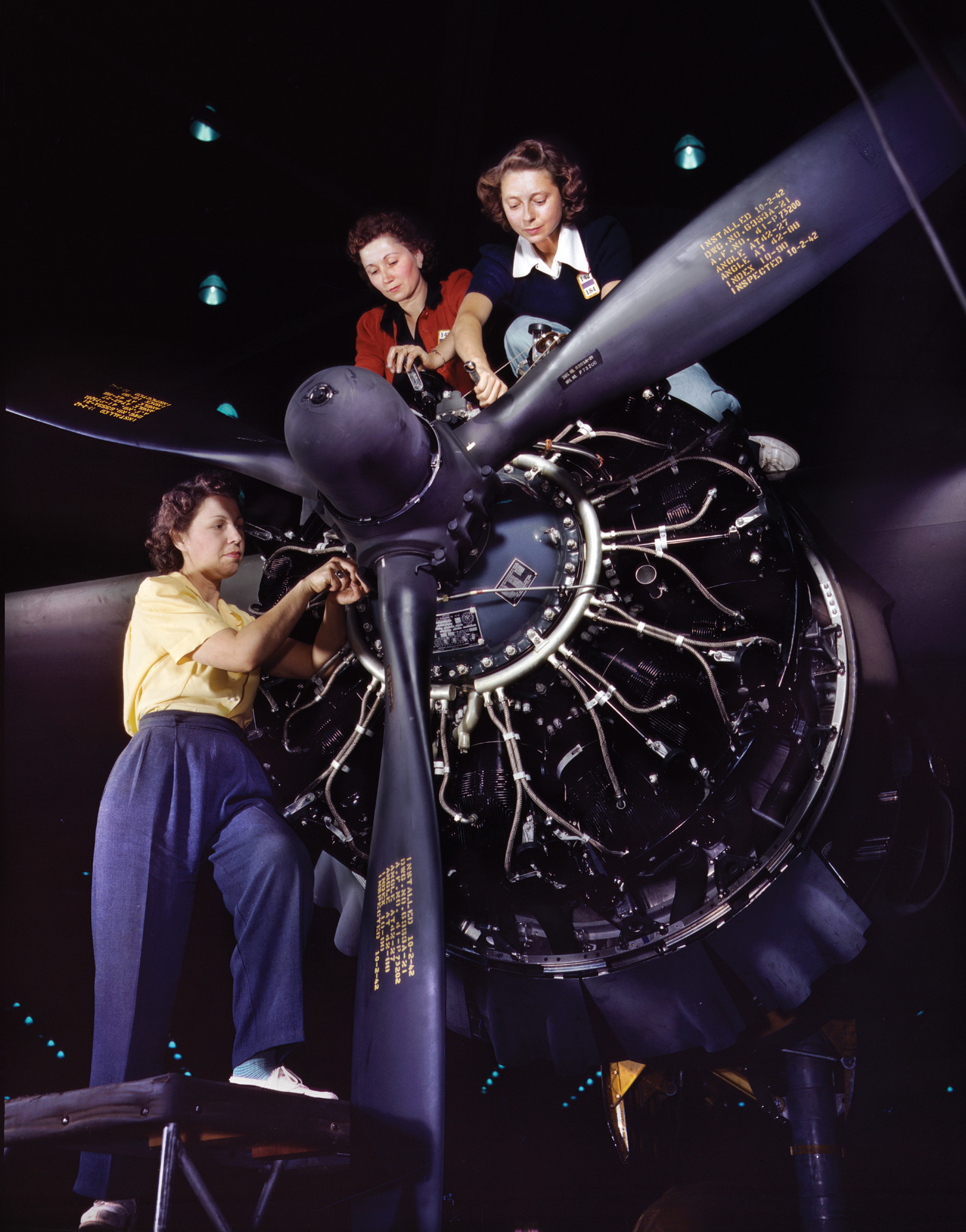
Ford Motor Company
Located on former farmland at Willow Run, between Belleville and Ypsilanti, Michigan, the purpose-built Ford B-24 plant was one of the largest factories in the world, with 3,500,000 square feet and an assembly line over a mile long. An airfield was also constructed adjacent to the plant.
In 1944, the 42,000 employees completed a B-24 every 63 minutes, 24 hours a day, seven days a week. Willow Run, also known as Air Force Plant 31, turned out a total of 8,685 B-24s (plus kits for 1,893 more to be assembled by the other manufacturers) before the last one came off the assembly line on June 28, 1945.
After the war, the mammoth facility was sold to the Kaiser-Frazer Corporation, where a total of 739,000 Kaiser-Frazer automobiles were built from 1947 through 1953. General Motors then took ownership of the plant and expanded it before closing it in 2010. (Today the Yankee Air Museum, a Smithsonian affiliate, occupies a small portion of the facility.)
Grumman Aircraft Engineering Corporation
Founded in December 1929 by Leroy Grumman and partners at Bethpage, Long Island, New York, Grumman specialized in building carrier-based aircraft for the U.S. Navy. About 10,000 aircraft of the Grumman “cat” series (F4F Wildcat, F6F Hellcat, F8F Bearcat) and TBF and TBM Avenger were built by the company’s 25,000 employees.
With Grumman focusing primarily on the “cats,” production of the Avenger was taken over by General Motors, which built 7,500 copies of them, compared to 2,300 built by Grumman.
(Grumman was purchased in 1994 by Northrop Corporation to form Northrop Grumman, today a leading aerospace corporation.)
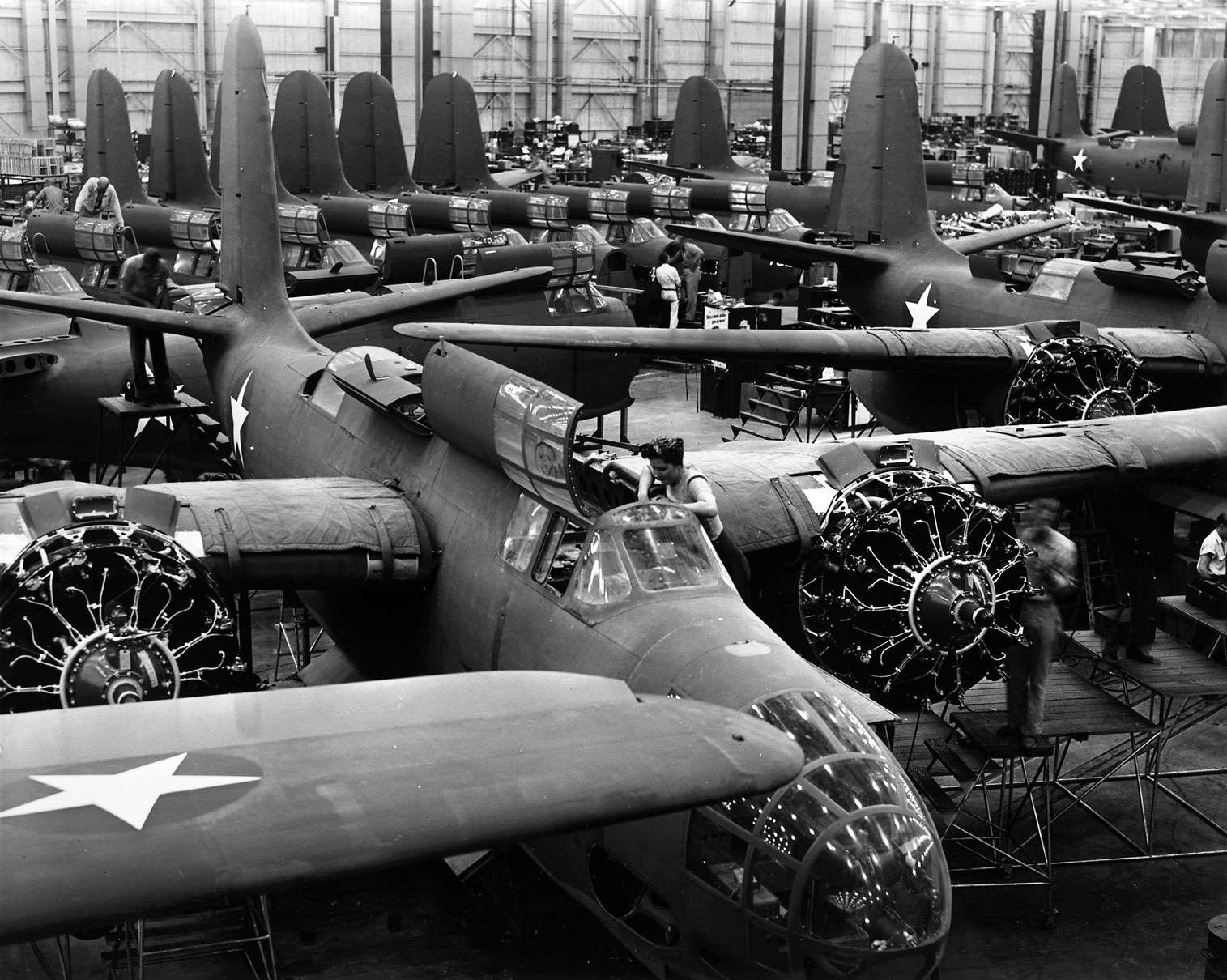
General Motors
Michigan’s General Motors, with its five automobile divisions (Chevrolet, Pontiac, Oldsmobile, Buick, and Cadillac), was America’s largest vehicle company prior to the outbreak of war, and the government called on the giant to shift production from civilian cars and trucks to airplanes, trucks, tanks, guns, and shells for the military.
When it became obvious that Consolidated-Vultee and Ford Motor Company could not keep up with the demand for the B-24 Liberator, GM was tasked with fitting production of the bomber into its already crowded schedule.
The Buick division, for example, received a contract to build 500 engines a month. This was soon doubled and then doubled again until, by 1944, Buick’s Melrose Park (Michigan) factory was turning out 2,000 engines a month.
At GM’s Allison engine plant in Indianapolis, the V-1710 engine was being produced for both the Lockheed P-38 Lightning and North American Aviation’s P-51 Mustang fighters. At the same time, GM’s Cadillac division was kept busy building the turbocharged V-12 aircraft engine—regarded by many as the most advanced aircraft engine of World War II.
The Chevrolet division, as a subcontractor to Grumman Aircraft, produced wing sections and fuselage components for the TBM Avenger, as well as complete TBMs at its Trenton, New Jersey, plant.
In addition to manufacturing 48 million rounds of artillery ammunition, 140,000 aircraft machine guns, and 175 million pounds of forgings for military trucks, tanks, guns and aircraft, GM’s Oldsmobile division turned out 350,000 high-precision aircraft engine parts.
During the war, GM had produced—in addition to 854,000 trucks, 38,000 tanks, tank destroyers, and armored vehicles, 198,000 diesel engines, vast quantities of guns and ammunition—206,000 aircraft engines, plus thousands of complete aircraft. For its wartime work, GM received contracts totaling over $12 billion—the most of any U.S. manufacturer.
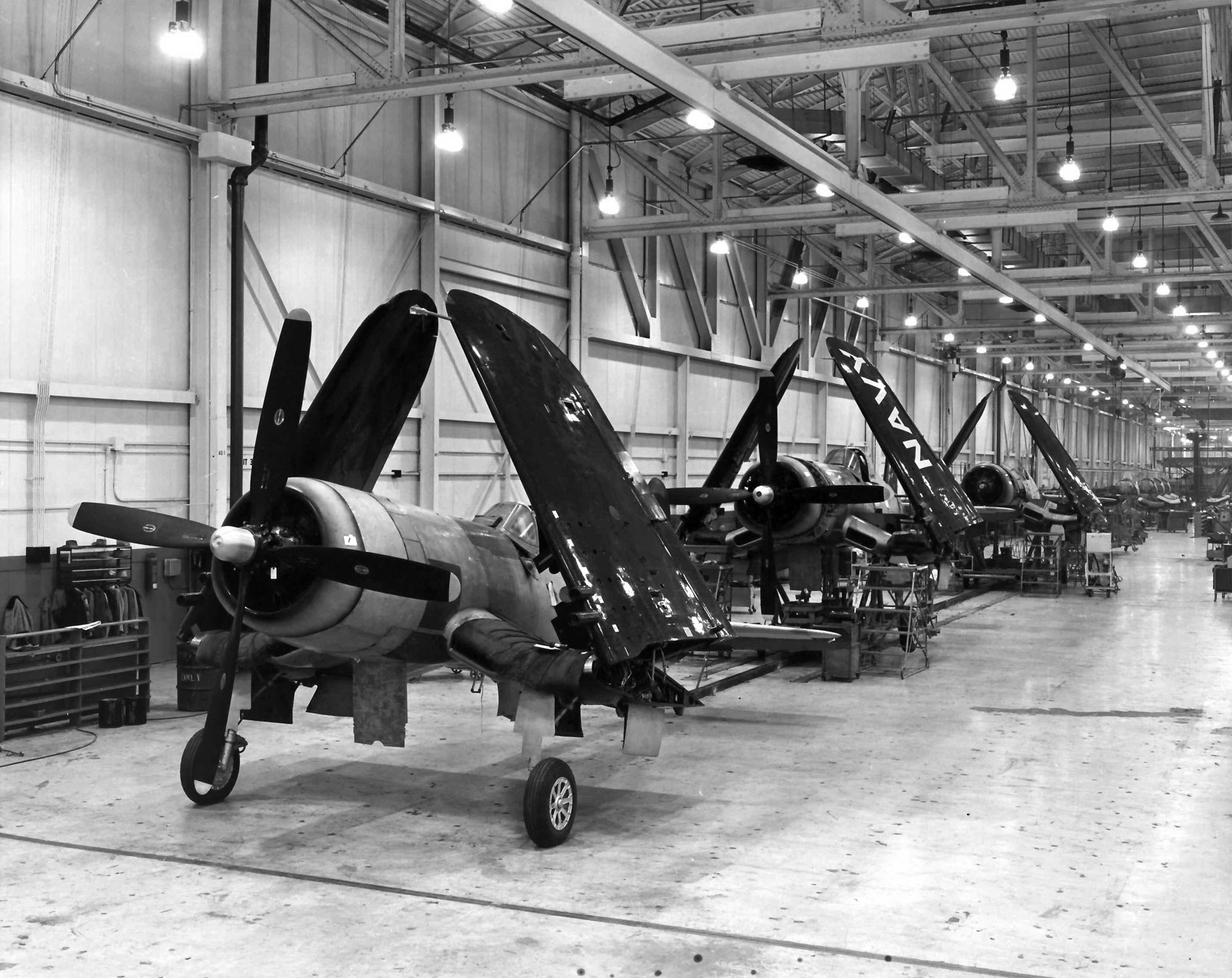
Goodyear
Having built blimps and airships for the U.S. Army in World War I, the Goodyear Tire and Rubber Company of Akron, Ohio, known in the 1940s as the Goodyear Aircraft Corporation, manufactured 104 airships for the military that were primarily used to spot German submarines in the Atlantic Ocean. The firm also built F4U Corsair planes for the U.S. Navy when Chance Vought had trouble fulfilling its contracts.
In 1939, Goodyear Aircraft had just 30 workers; by 1942 it consisted of 35,000 employees. Today it is one of the world’s largest manufacturers of vehicle tires as well as other rubber products.
Fairchild Aviation Corporation
Prior to WWII. Fairchild Aircraft, based in Farmingdale and East Farmingdale, New York, had no experience in building military aircraft. However, the company had extensive experience in building monoplanes and seaplanes for civilian use—especially for their aerial photography capabilities.
Because all the other military aircraft manufacturers were swamped with orders for combat aircraft, Fairchild was contracted to build trainers for the U.S. Army Air Force, such as the PT-19 primary trainer, of which 6,500 were built.
In addition, Fairchild turned out other trainers, such as the AT-21 gunner trainers, twin-boom C-82 Packet (“Flying Boxcar”) cargo and troop transports, and target drones. The Fairchild AT-21 Gunner, a twin-engine trainer, was manufactured in Burlington, North Carolina.
Also, large numbers of the four-seat, single-engine monoplane light transport aircraft Fairchild 24 (C-61/Argus) were produced for the military (principally as the Argus for the Royal Air Force). Production continued after the war for the civilian market and the name was changed to Fairchild Republic.
The company, perhaps best known for its A-10 Thunderbolt, also called the Warthog, which performed admirably as a tank buster during the Gulf Wars, still exists as a commercial aircraft maker. The company sold its rights to the A-10 to Grumman.
Chance Vought Corporation
In 1914, Chance Milton Vought, who had been taught to fly by the Wright Brothers in 1911, designed the Mayo-Vought-Simplex aircraft that was used by the British as a World War I training plane. After founding his own company in 1917, he began designing aircraft and aircraft carrier launch systems for the U.S. Navy. In 1922, the Vought VE-7 was fitted with a crude arresting hook that made naval history when it landed on the refitted USS Langley—the first aircraft carrier.
This was followed by the Vought UO-1 biplane that gave the Navy its first catapult-launched aircraft. But Vought’s claim to fame is the F4U Corsair, the gullwing, deck-launched fighter. Because Vought was unable to completely fulfill its contracts for the Corsair, some of its production was outsourced to other companies—notably Brewster, Goodyear, and Vultee. Chance Vought Corporation built a total of 8,000 aircraft during the war.
(The company was acquired in a hostile takeover in 1961 and became part of LTV Corporation that went bankrupt in 1986.)
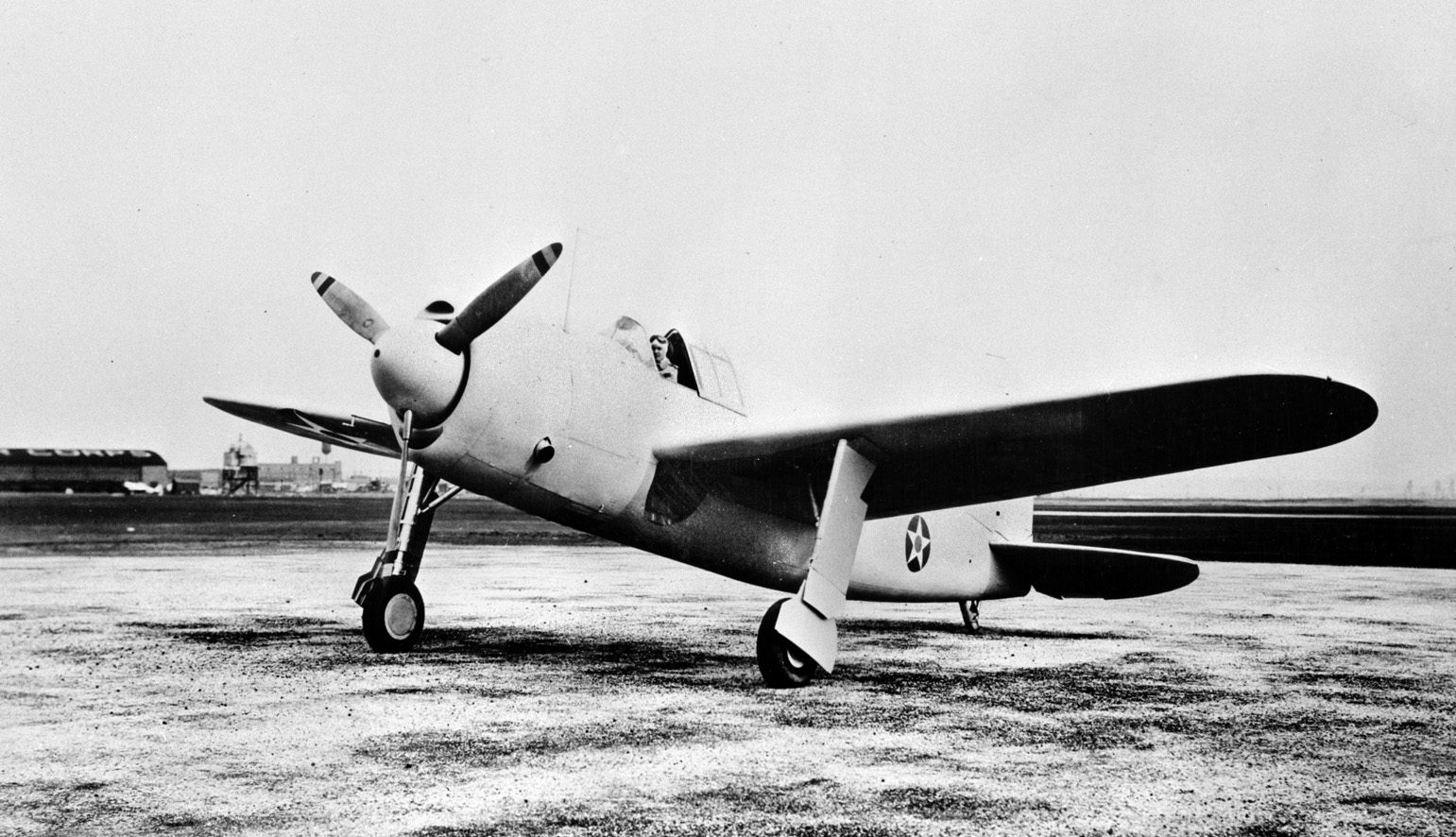
Republic Aviation
The Republic P-47 Thunderbolt—sometimes called “the Jug”—was the most-produced fighter of the war, with 15,686 copies built.
The firm began life in 1931 as the Seversky Aircraft Company in Farmingdale, Long Island, New York, but Seversky changed its name to Republic during a reorganization.
Before the war, Republic built the P-43 Lancer for the U.S. and China but once the war began, Republic’s 24,000 employees focused on building its successor: the P-47 Thunderbolt. The P-47’s huge fuselage, Pratt & Whitney R-2800 Double Wasp turbocharged engine, and impressive armament made it a formidable opponent in the sky.
Early in 1943, squadrons of P-47s began accompanying RAF and USAAF bombers deep into German-occupied territory and over Germany itself to tangle with Luftwaffe pilots attempting to shoot down the intruders. This role was superseded by the introduction of North American Aviation’s P-51 Mustang, which had better range than the P-47.
Nevertheless, the P-47 assumed a ground-support role and carried out strafing and bombing missions in the European and Pacific theaters until war’s end. (After the war, the company continued to develop new aircraft, including several jet models such as the F-84 Thunderjet and F-105 Thunderchief. Republic was acquired by Fairchild Aerospace in 1965 and ceased to be an independent company.)
Brewster Aeronautical Corporation
Almost forgotten today, Brewster was a major manufacturer of warplanes before the U.S. became involved in WWII, building the F2A Buffalo as a carrier plane for the U.S. Navy and Finland’s air force. The company also sold Buffalos to Britain, but they fared badly against the more-advanced Japanese Zeros in clashes in the Far East.
Once the war began, the U.S. Navy replaced the overweight, underpowered Buffalo with Grumman’s much more capable F4F Wildcat.
Not wanting to give up on Brewster, the Navy contracted the company to build a carrier-based torpedo bomber known as the Brewster SB2A Buccaneer (called the Bermuda in British service). The Buccaneer was a disaster—underpowered, poorly constructed, and unsuitable for combat. Only 771 were built, and many were scrapped before being delivered. About all it was good for was as a trainer or target-towing aircraft; the Buccaneer is considered by many aviation historians to have been among the worst planes of the war.
Plagued with scandals, financial mismanagement, substandard quality, and slow production, Brewster closed its doors permanently after the war.
North American
World War I pilot James Howard “Dutch” Kindelberger went to work for Donald Douglas and then Glen Martin before going over to North American Aviation in Dundalk, Maryland, in 1934, where he became president. Kindelberger soon forged a move to the West Coast, where a new plant was established in 1936 near Inglewood at the Los Angeles Municipal Airport (today known as Los Angeles International Airport, or LAX).
North American would become the largest U.S. aircraft manufacturer in World War II, building a total of some 26,000 two-engine B-25 Mitchell bombers at its Inglewood and Kansas City factories. North American also opened a B-24 plant at Dallas/Grand Prairie, Texas.
North American also created the trainer aircraft by which most American pilots learned to fly. The company produced nearly 15,500 AT-6 Texan trainers for the Army, which was designated the SNJ for the Navy, and the Harvard by the British. (In 1967, Boeing acquired North American.)
Northrop Aircraft, Inc.
Unlike Brewster, the Northrop Corporation, based in Hawthorne, California, was a reliable manufacturer of outstanding aircraft. The company was formed when John Knudsen Northrop broke off a partnership with Douglas Aircraft in 1937 and opened his own plant two years later.
Northrop’s only product was the twin-engine P-61 Black Widow—America’s only purpose-built night fighter and the first aircraft in the world to be designed with an integral nose-mounted radar (other aircraft had been retrofitted with radar). Some 742 P-61s were built and saw action on all fronts.
In 1994 the company merged with Grumman and went on to develop a series of jet trainers and fighters, as well as the B-2 Spirit stealth bomber. Today the corporation is one of the United States’ “defense giants.”
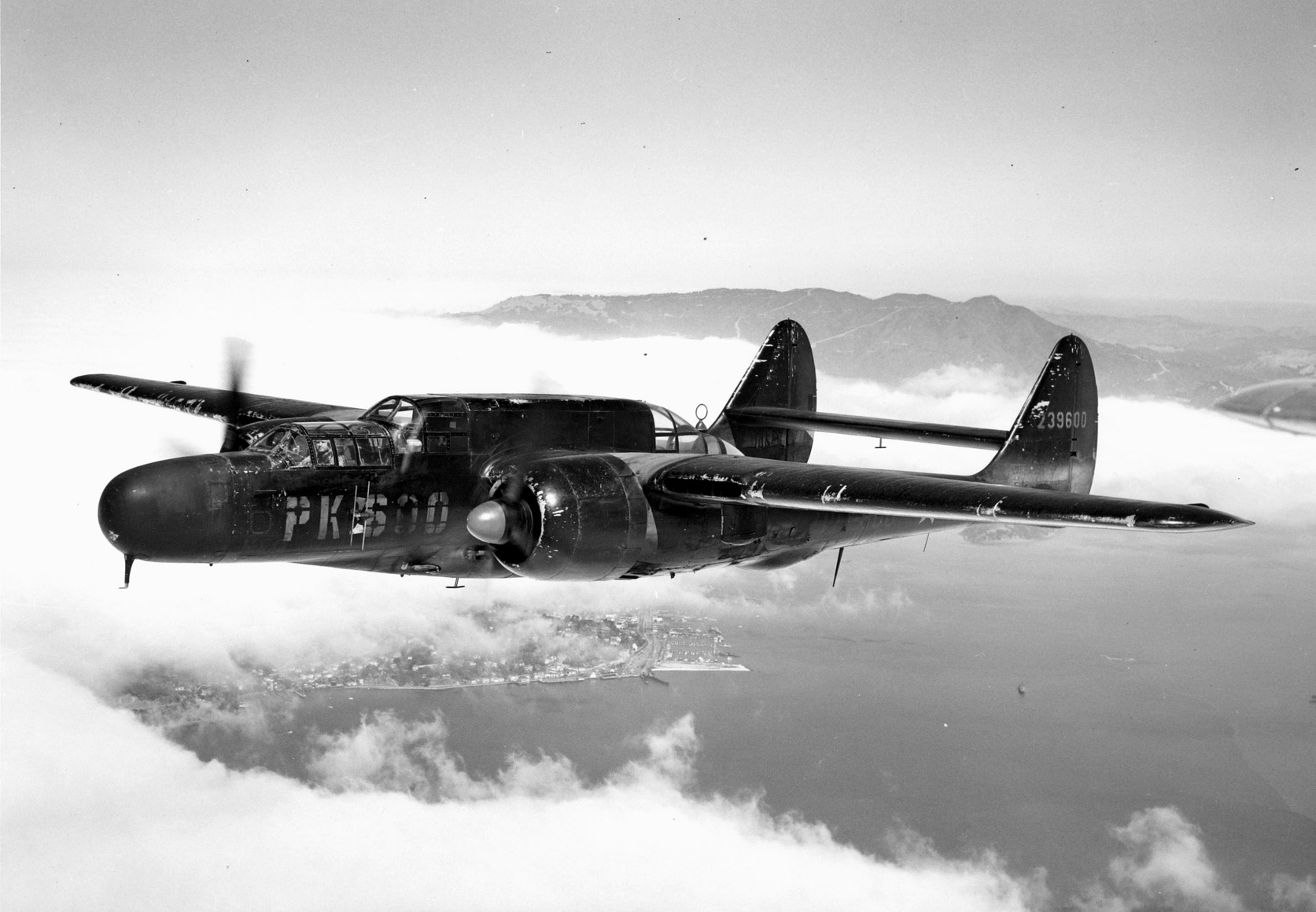
Bell Aircraft Corporation
Another major aircraft manufacturer was Bell, started by Lawrence D. Bell, who worked for the Glenn L. Martin Company in the early 1900s and, in 1935, founded Bell Aircraft in Buffalo, New York. With the outbreak of war, the company focused its efforts on the single-engine P-39 Airacobra fighter and its successor, the P-63 Kingcobra.
Bell’s 28,000 employees built 9,588 P-39s (4,423 of which were delivered to the Soviet Union as a part of Lend-Lease) and 3,303 P-63s (2,397 also delivered to the Soviets). The company also built B-29s in Marietta, Georgia.
(The company had two notable post-war successes: the Bell X-1, the world’s first supersonic plane, and the Bell “Huey” helicopter. Bell Aircraft was bought by Textron in 1960 and is now known as Bell Helicopter.)
Waco Aircraft Company
A major manufacturer of civilian biplanes before the war, Waco (pronounced “wocko-o”) was originally named the Weaver Aircraft Company of Ohio and designed a combat glider known as the CG-4A, which took part on all American glider operations in WWII, including Operations Overlord, Market Garden, and Varsity.
The company, which was headquartered in Troy, Ohio, ceased operation after the war was briefly revived in the 1960s and early 1970s but no longer exists.
Piper Aircraft Corporation
The Piper Aircraft Corporation, owned by William T. Piper, began life in the late 1930s in Lock Haven, Pennsylvania, and proved wildly popular with civilian aviators. In fact, sales of Piper Cubs represented a third of all civilian aircraft in the United States. Shortly after Pearl Harbor, the U.S. Army Air Forces ordered 1,500 high-wing Grasshoppers, which were designated L-4 Grasshoppers and used extensively as artillery spotter planes in both the European and Pacific theaters of war.
In 1969 the company was acquired by Bangor Punta but a lawsuit caused the firm to cease operations in 1984, when it was acquired by Lear Siegler, Inc., and moved to Florida.
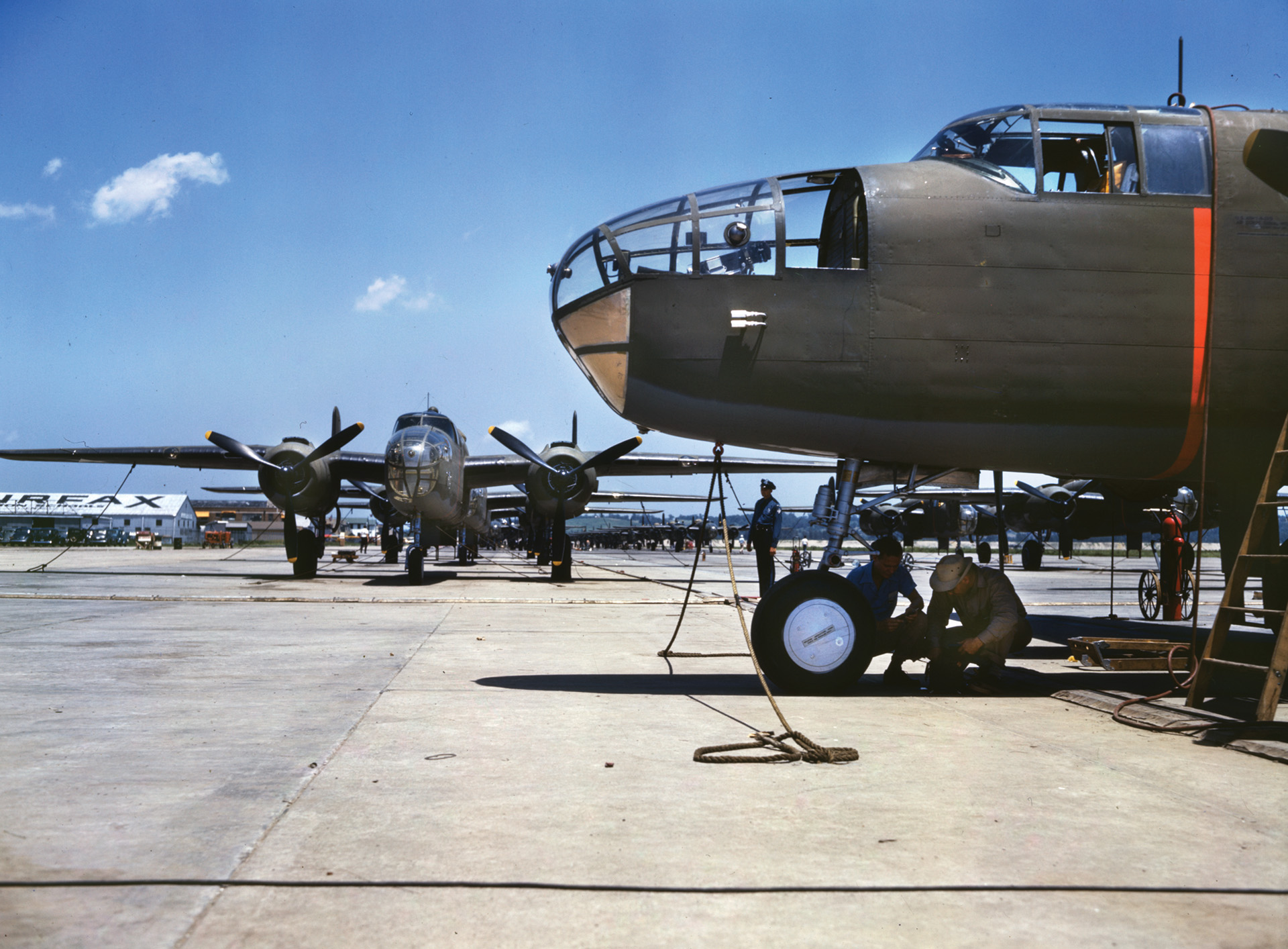
Pratt & Whitney
Although not an aircraft manufacturer per se, Pratt & Whitney deserves mention, for almost all of the aforementioned planes owed their success to their Pratt & Whitney power plants. The East Hartford, Connecticut, firm known as the Pratt & Whitney Machine Tool Company hired Princeton graduate, former Navy lieutenant, aircraft engine designer, and aviation engineer Frederick B. Rentschler to develop aircraft engines for the U.S. Navy.
Rentschler and his team came up with an air-cooled radial engine that produced 425 horsepower while weighing only 650 pounds that was named the “Wasp.” A second design, rated at 525 horsepower, was called the “Hornet.”
A historian for the company noted, “By 1940, Pratt & Whitney’s engine technology had improved dramatically. The company’s largest engine, the Twin Wasp, produced 1,200 horsepower. As President Franklin Delano Roosevelt moved to put the country on a wartime footing, American aircraft manufacturers were called on to produce 50,000 aircraft a year for the military.
“Pratt & Whitney engineers continued to innovate, increasing the power of their engine designs throughout the war years. By the end of the war, the power of Pratt & Whitney’s largest engine had tripled to 3,600 horsepower, and the company and its licensees had managed to produce more than 363,000 aircraft engines—an amount equal to one half the total air power of the Allied Air Forces.”
The output of military hardware of all types—especially aircraft—by the United States was truly an astonishing feat, unmatched by any other country before or since.
As the Time-Life editors put it, “Employment in the aircraft industry rose from 100,000 in 1940 to over two million at the peak of the war effort. ” The total number of fighters, bombers, transports, patrol, trainers, artillery spotters, and other aircraft produced by America during the war was nearly 300,000—a staggering figure that, even without the tremendous production of ships, tanks, guns, and ammunition, meant that the Axis powers had no chance of winning the war.
By comparison, Germany built 94,622 warplanes, Italy 3,000, and Japan (which had no separate air force) produced almost 75,000 for their army and navy.
As William S. Knudsen, who became chairman of the U.S. Office of Production Management, said, “We won because we smothered the enemy in an avalanche of production, the likes of which he had never seen, nor dreamed possible.”
